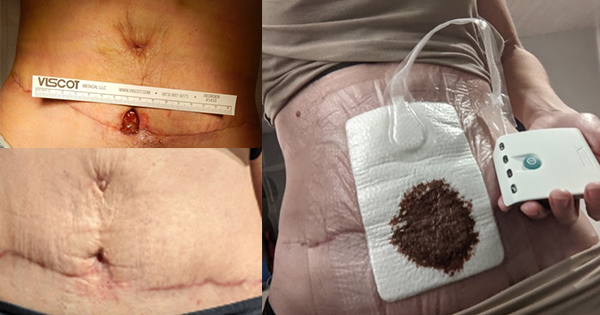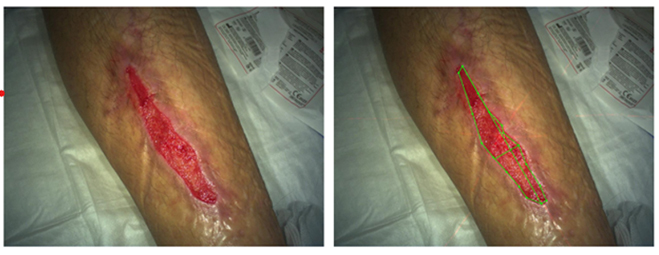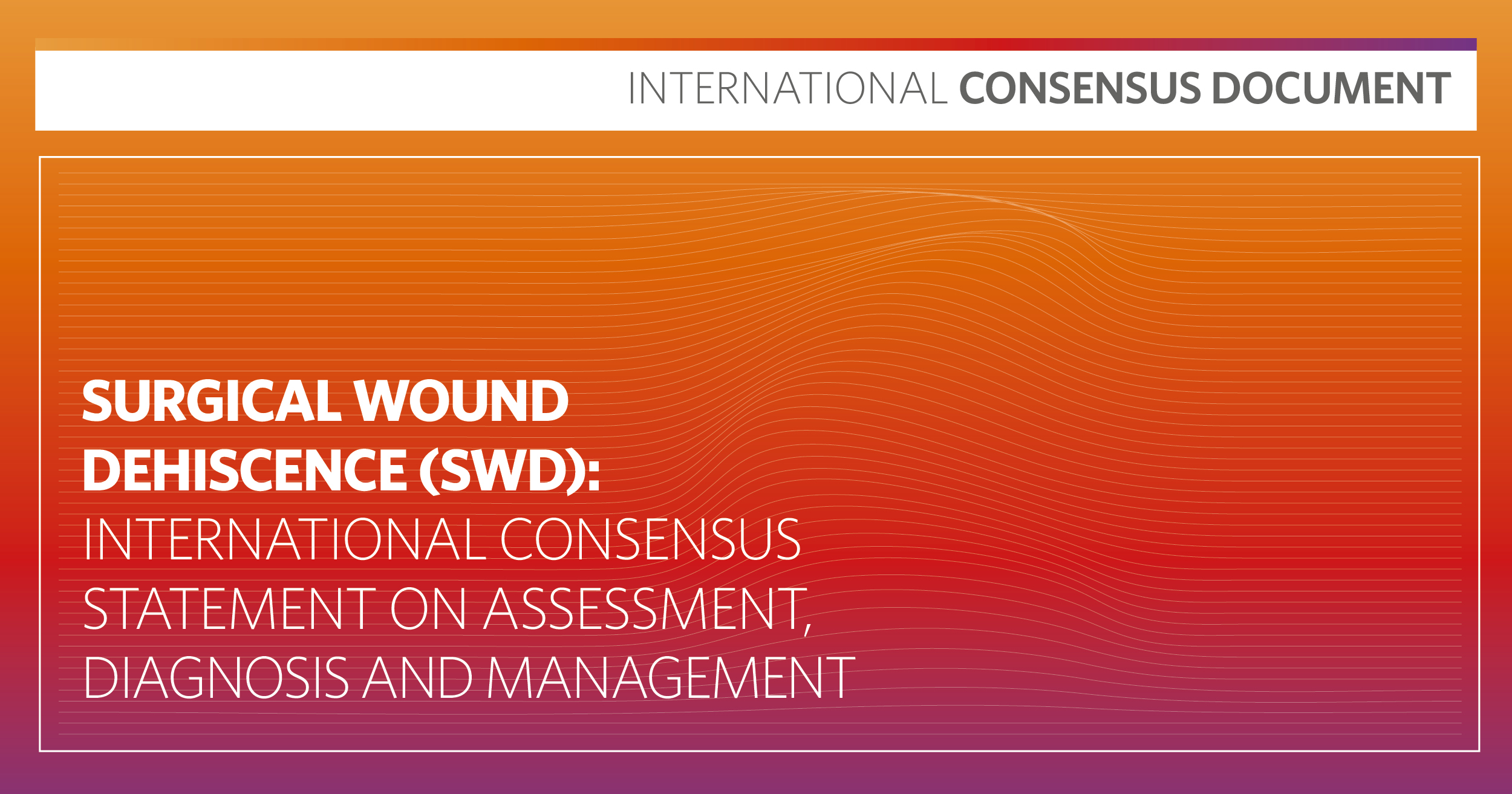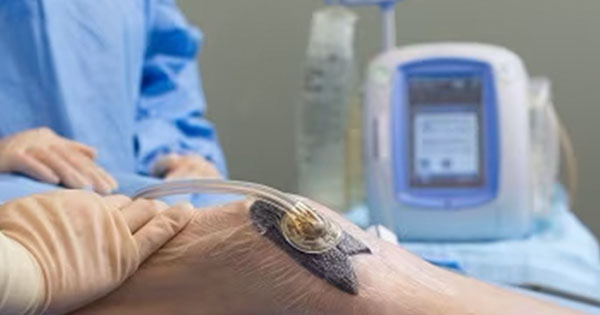Acute or chronic wounds are a common issue that often result from surgery, trauma, or underlying medical conditions (Wilsonet et al, 2004; Klevens et al, 2007; Spiliotis et al, 2009). Numerous therapeutic approaches can be used to treat these wounds and one such approach is the use of negative pressure wound therapy (NPWT; Stannard et al, 2006, 2012).
NPWT is believed to have a significant impact on wound healing by inducing mechanical deformation on the tissue, which promotes wound contraction and ultimately affects the microvascular blood flow surrounding the wound edges (Argenta and Morykwas, 1997; Morykwas et al, 1997, 2006; Kairinos et al, 2009). This process stimulates the growth of new blood vessels and encourages the formation of granulation tissue (Morykwas et al, 1997; Chen et al, 2005; Greene et al, 2006). Furthermore, NPWT is a therapy that extracts excess fluids from the wound and minimises bacterial colonisation (Mouës et al, 2004; Malmsjö et al, 2014).
Single-use, canisterless NPWT(sNPWT) has gained popularity in recent years, primarily due to its convenience and effectiveness. Unlike traditional NPWT, which relies on canisters that collect wound fluids and debris, the canister-free system enhances the ease of workflow, providing a more hygienic, cost-effective and low-risk way of treating wounds. One of the primary advantages of the sNPWT system is its ability to reduce the risk of wound contamination.
Patients and methods
An ultraportable NPWT system (VivereX™, Sunmedic, Vellinge, Sweden) was used in all patients. The device is an sNPWT system comprising a disposable dressing with an integrated suction pump. The device is lightweight and therefore is ideally suitable for delivery of NPWT in both hospital and home-care settings.
An informed consent was obtained from all patients prior to their participation in the study. Patients were recruited from two centres in Sweden, an orthopaedic department (Ystad Hospital) and the Gerlee plastic surgery clinic, and one in Australia (Molmike Medical). Study participants were selected by simple random sampling from those who were attending for wound care.
Seven patients were enrolled into the study with various wound sizes and aetiologies, two cases with postoperative wound dehiscence, four cases with pressure ulcers and one case with trauma wound in a diabetic patient. The patients were usually scheduled for dressing changes twice a week.
Results
In these seven cases, the application of sNPWT in wound management resulted in notable improvements in wound healing. In some cases, prior treatments failed to produce any significant results, but sNPWT was able to achieve wound closure within a comparatively short period of time.
Discussion
The results from these cases provide a promising outcome with the use of sNPWT, which appears to be a safe and effective option for the treatment of different type of hard-to-heal wounds, even when prior treatment had failed.
Case 3 highlighted the successful use of an sNPWT in the treatment of a traumatic wound in a patient with diabetes. The device was effective in reducing the wound size and depth, which led to quicker wound closure. This case emphasises the importance of utilising an evidence-based approach to wound management and underscores the need for proper wound care in diabetic patients to prevent adverse outcomes.
Furthermore, the disposable nature of the sNPWT system minimises the need for device disinfection and reduces the inventory and storage requirements for wound care centres. It is a cost-effective solution that reduces the burden of maintenance, repair and consumable replacement costs associated with traditional NPWT.
Conclusion
In conclusion, sNPWT is a highly promising wound-healing modality that offers several benefits compared to conventional NPWT. By improving workflow, enhancing hygiene, reducing the risk of complications and providing cost-effective wound care, the system can improve patient outcomes and support the delivery of efficient and cost-effective healthcare. Further studies are needed to evaluate efficacy, safety and long-term outcomes with the use of VivereX in similar cases.





